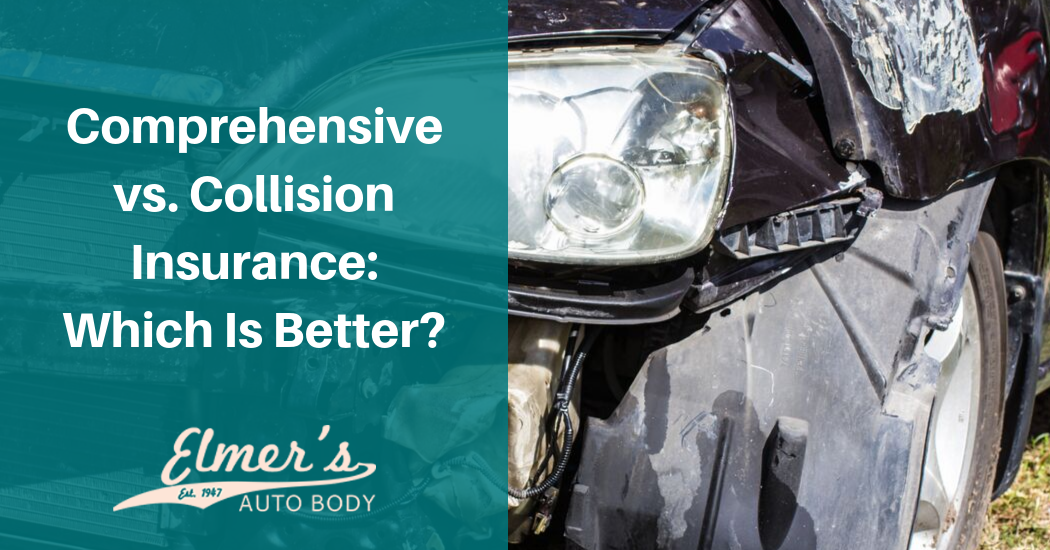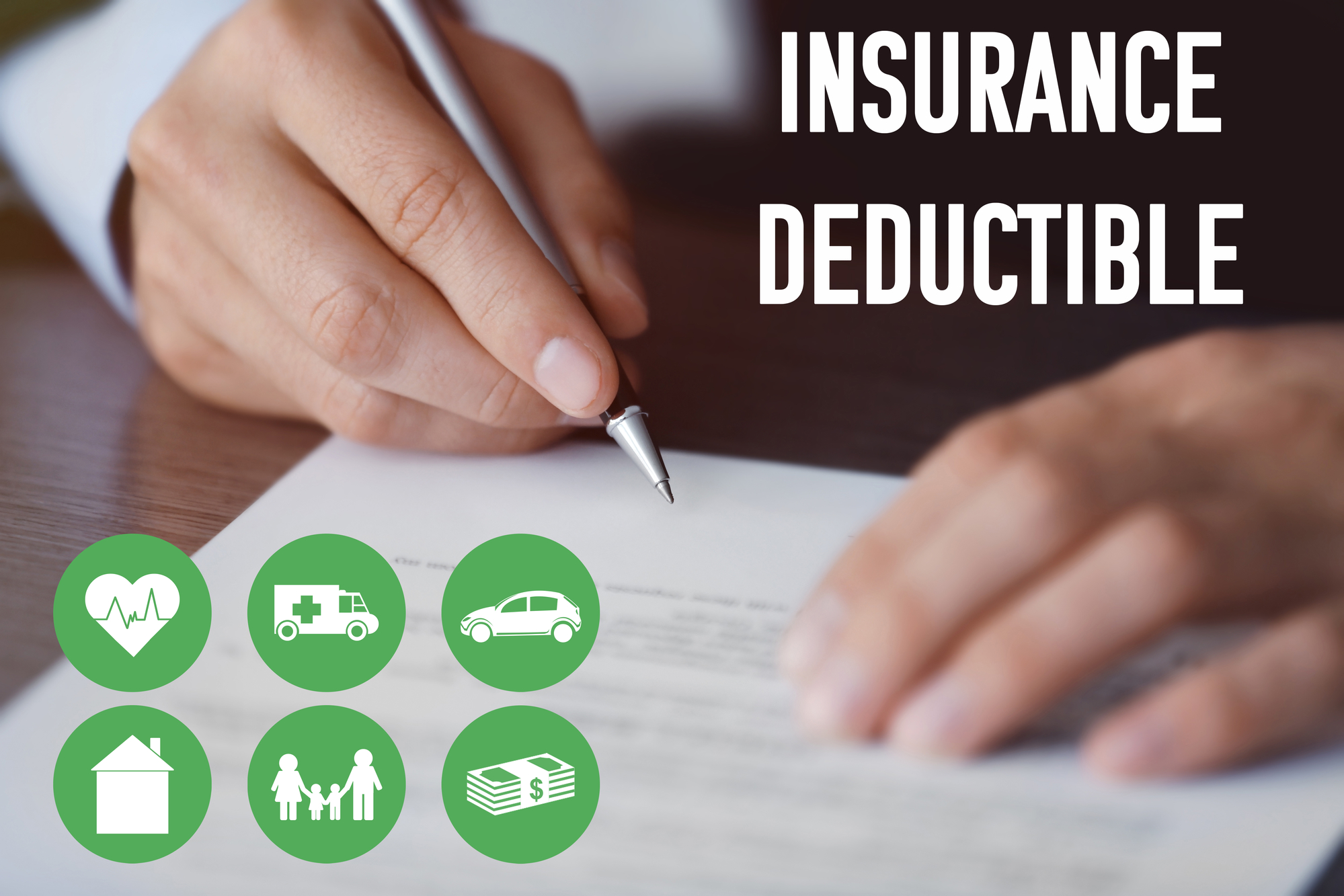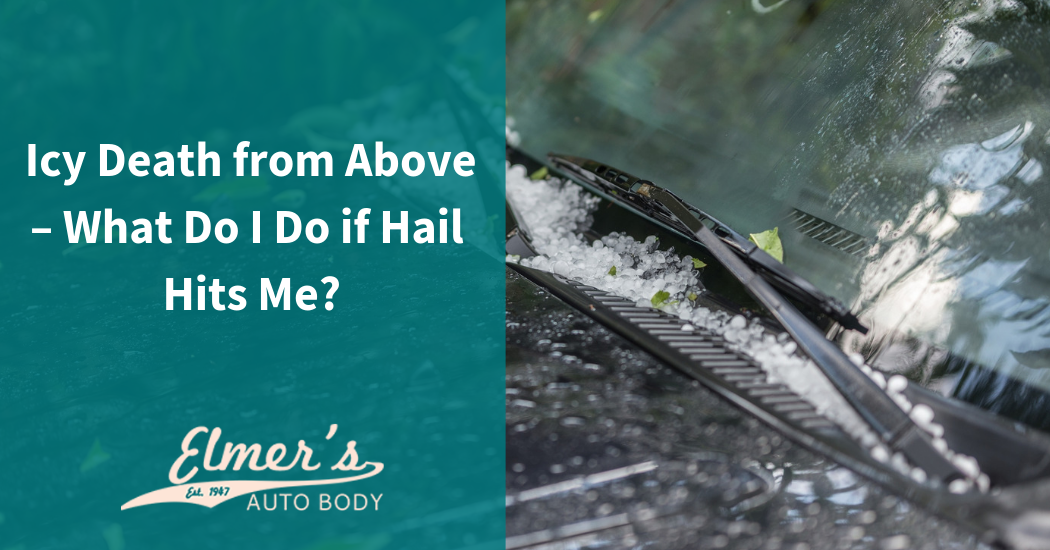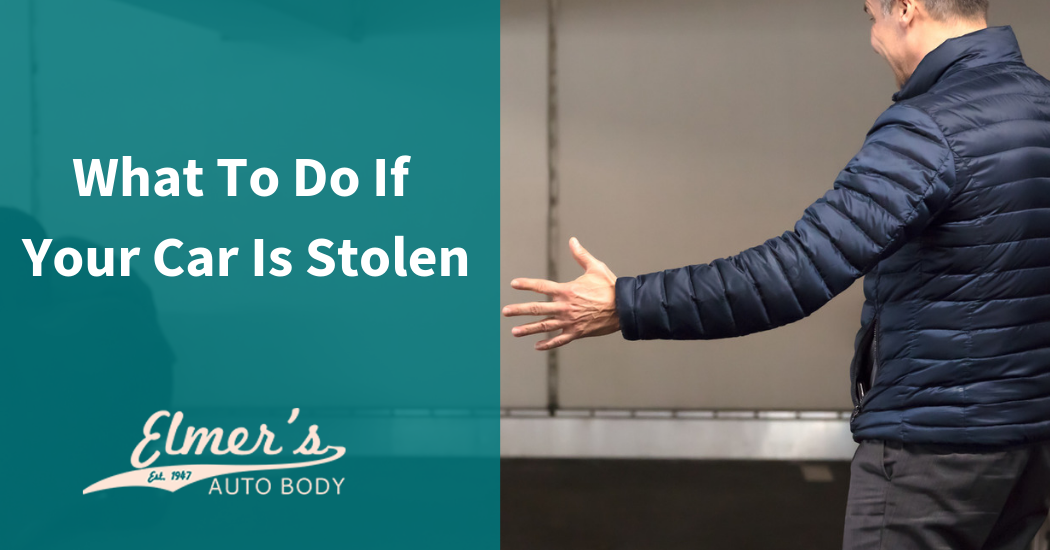In looking at both comprehensive and collision insurance, there are strategies to determine which one is preferable in the sense of the needs of a driver and his or her vehicle. Both forms play a pivotal role in maintaining your vehicle.
Wherever you drive your vehicle, you are going to be susceptible to accidents and possible property damage. There are few safeguards for your own protection as well as that of others, and any property that may be involved, whether yours or theirs. There is a day-to-day concern with accidents and determining which coverage is better doesn’t have to be confusing. Here is a rundown of comprehensive and collision coverage to help you determine which one, or both, works best for you.
Comprehensive Coverage
Comprehensive insurance covers damage to a vehicle that happens through varying incidents in contrast to a direct vehicular collision. This type of car insurance covers other vehicles you drive as well. A rider goes along with your comprehensive insurance and specifically states what will be covered.
Comprehensive Coverage Details
A rider to a comprehensive plan will usually include coverage for:
- Glass repairs as well as repair for windshield chips, cracks or shatters that can occur
- Vehicle contact/collision with animals (usually deer, elk or other animals in the wild)
- Protection from natural disasters, fires, storms, floods, wind and hail
- Vandalism damage from break-ins, interior theft, keying or outright
- Vehicle theft
- Fairly priced coverage with low deductible
With the potential of most anything happening to a vehicle, in addition to a collision, comprehensive insurance is definitely a plan to consider for protection against any type of accident or material damage. You’re not left holding the bag when it comes to the added costs of damages caused through a casualty or unforeseen event. Comprehensive insurance can also be coupled with other coverage, or it can be used as an altogether separate coverage.
Collision Coverage
Collision coverage is critical as it protects your vehicle from damage. It will allow for repairs that occur when two vehicles collide and damage is present. Collision coverage will cover accidents when you are at fault or when the other driver is at fault.
Collision Coverage Allowances
Collision coverage pays for your vehicle repairs, but when the repair costs go beyond the true value of your vehicle, you will only be paid for the book value of your vehicle. Your options will be repairing your vehicle for less or taking what payment you are given and putting it towards a vehicle replacement.
This type of coverage is usually purchased with basic automobile insurance and is often combined with both liability and comprehensive coverage. Your deductible will likely be high, but your monthly payments will be low.
Other areas that a collision policy covers include:
- Damage repair for vehicles that may have been involved in a collision while in drive or reverse modes
- Damage caused by hit-and-run accidents
- Damage caused by uninsured drivers
- Coverage for hitting road ice and sliding into a stationary object
- Coverage for pothole damage
- Coverage for roll overs
- Collision insurance can be costly and choosing a higher deductible will help lower policy costs
Comparison Aspects
In comparing the two types of coverage and deciding which one is better, there are aspects to be considered. One aspect is knowing the real worth of your vehicle. If your vehicle is new and of greater value, both collision and comprehensive coverage would be necessary, particularly in the event that your vehicle required extensive repairs or complete replacement.
Accident risk –
The greater risk of an accident is another consideration. If your continually driving great distances on a regular basis, having both policies would be necessary to cover different types of accidents that would fall on your shoulders expense wise.
Theft –
Also, what if your car were stolen, would you be able to take that money out of your savings to replace it?
Location –
Another important aspect is the area where you live and the places where you drive on a regular basis. Is the location one that has frequent reports of vehicle damage because of severe weather, falling power lines, tree branches or road encounters with wildlife?
If you are still questioning what coverage is best for your vehicle, you want to first consider the cost of coverage as well as the current value of your vehicle along with the possible costs of any repairs or replacement. If you have further questions or concerns and want more information about comprehensive or collision insurance, complete the online contact form and a representative will get back to you as quickly as possible with answers to your car insurance needs.






